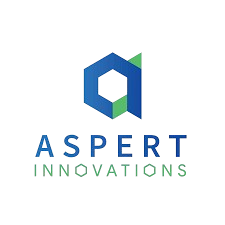What Is An HRMS Software For Business Owners
An HRMS (Human Resource Management System) is software that brings all core HR tasks—such as payroll, attendance, and performance management—into a single, digital platform. It also integrates core HR functions like payroll, benefits administration, records management, and recruitment workflows. By centralizing your employee data, you can automate repetitive processes and reduce manual errors. This gives you better visibility and control over your workforce while saving valuable time.
For business owners, using an HRMS means you can maintain accurate records, improve compliance with labor regulations, and streamline onboarding. You also get access to useful analytics that support smarter decision-making. Cloud based HR solutions provide secure, remote access to employee data and help reduce overall HR management costs through scalable, cloud-powered features. HRMS software is suitable for any business size, from small startups to large enterprises, thanks to its scalable features and affordability.
HRMS Components and Functions
A modern human resource management system (HRMS) is designed to be the backbone of your HR operations, bringing together all the essential tools you need to manage your workforce efficiently. At its core, an HRMS covers a wide range of HR processes, including employee data management, payroll processing, time and attendance tracking, benefits administration, performance management, and recruitment management.
By centralizing employee data, HR teams can easily access and update information, ensuring accuracy and consistency across the organization. Payroll processing becomes more reliable and less time-consuming, while automated attendance tracking helps you monitor workforce trends and reduce absenteeism. Talent management modules support recruitment, onboarding, and employee development, making it easier to attract and retain top talent.
Cloud based HRMS software offers a flexible solution for businesses of any size, allowing you to manage HR processes from anywhere and adapt quickly to the latest regulatory changes. This comprehensive management system empowers HR teams to focus on strategic initiatives, improve employee engagement, and drive business growth, all while maintaining compliance and supporting your workforce’s needs.
Reasons To Consider Implementing An HRMS Software To Your Business
Adopting an HRMS can transform the way you handle everyday HR activities. Modern HR software streamlines and automates a wide range of HR functions, including payroll, employee onboarding, benefits administration, time management, and talent management. By automating repetitive tasks such as payroll, attendance tracking, and recruitment, you enable your HR team to reclaim valuable time. This shift lets you focus on people strategy and employee growth rather than paperwork.
HRMS solutions aren’t just about speed—they help minimize errors that often happen with manual tasks. Automated processes in areas like compliance and benefits administration greatly reduce the chances of costly mistakes. This not only increases accuracy but also saves time correcting issues.
Switching from manual, paper-based HR operations to a digital system can significantly lower your administrative costs. HRMS platforms help you streamline processes, meaning fewer resources are spent on routine work. These platforms can also integrate with other business systems, such as payroll and finance, enabling unified and automated workflows across your organization. Your business can then use those savings to invest in other key areas.
Having all employee data stored centrally in an HRMS provides instant, real-time access to essential information. HR professionals and managers benefit from quick insights that support timely and accurate decision-making. With a single source of truth, you ensure consistency and improved transparency throughout your organization. Unlike on premises HRMS, which require complex and time-consuming upgrades, cloud-based HRMS offer reduced complexity and faster deployment for your business.
HRMS software is designed to scale with your business as it grows or changes. You can often customize modules to match your specific needs and adjust as your workforce evolves. This means you won’t need a new system every time your requirements shift—your HRMS grows with you.
Implementation and Integration: What Business Owners Need to Know
Successfully implementing an HRMS starts with a clear understanding of your current HR processes and identifying where improvements are needed. Business owners should evaluate their existing workflows and determine which HRMS features will provide the most value—whether it’s streamlined payroll, better employee data management, or enhanced benefits administration.
Once you’ve selected a comprehensive solution, the implementation process typically involves migrating existing employee information, configuring the system to match your business requirements, and training HR teams and employees on how to use the new platform. Choosing an HRMS with an intuitive interface and a robust mobile application can make this transition smoother, ensuring that everyone can easily access and manage employee data from any device.
Security and compliance are critical considerations during implementation. Make sure your chosen HRMS offers strong data protection measures and supports compliance with relevant regulations to safeguard sensitive employee information. With the right planning, training, and support, your business can achieve a seamless HRMS rollout that benefits both your HR team and your entire organization.
Business Value and ROI of HRMS Solutions
Investing in an HRMS can deliver substantial business value and a strong return on investment for organizations of all sizes. By automating manual HR processes, you can save time, reduce administrative costs, and free up your HR team to focus on more strategic tasks. Features like employee self-service portals and mobile applications enhance employee engagement and streamline everyday interactions, improving the overall employee experience.
HRMS solutions also provide powerful analytics and reporting tools, giving you real-time insights into HR data that support smarter decision-making. You can track key performance indicators such as employee turnover, time-to-hire, and training completion rates to measure the impact of your HRMS implementation. These improvements lead to greater efficiency, higher productivity, and a more competitive business.
Ultimately, adopting an HRMS helps organizations optimize their HR operations, support employee development, and drive long-term growth—making it a smart investment for any business looking to stay ahead in today’s fast-paced environment.
Innovation and the Future of HRMS
The future of human resource management systems is being shaped by rapid advancements in technology, particularly in artificial intelligence (AI), machine learning, and cloud-based solutions. These innovations are transforming HR processes by automating routine tasks, delivering predictive analytics, and offering personalized recommendations for employee development and engagement.
Cloud-based HRMS platforms are becoming the standard, providing businesses with the flexibility and scalability needed to support remote teams and global operations. As integration with other business systems—such as finance and customer relationship management—becomes more seamless, organizations gain a holistic view of their performance and can make more informed decisions.
Machine learning and AI are enabling HR teams to analyze large volumes of employee data, identify trends, and proactively address workforce challenges. This not only enhances the employee experience but also supports continuous learning and development across the organization.
To stay competitive, businesses should embrace these innovations, ensuring their HRMS evolves alongside their needs. By leveraging the latest technologies, organizations can drive strategic growth, improve employee engagement, and achieve better business outcomes in an ever-changing landscape.
Best HRMS Software For Businesses In Malaysia
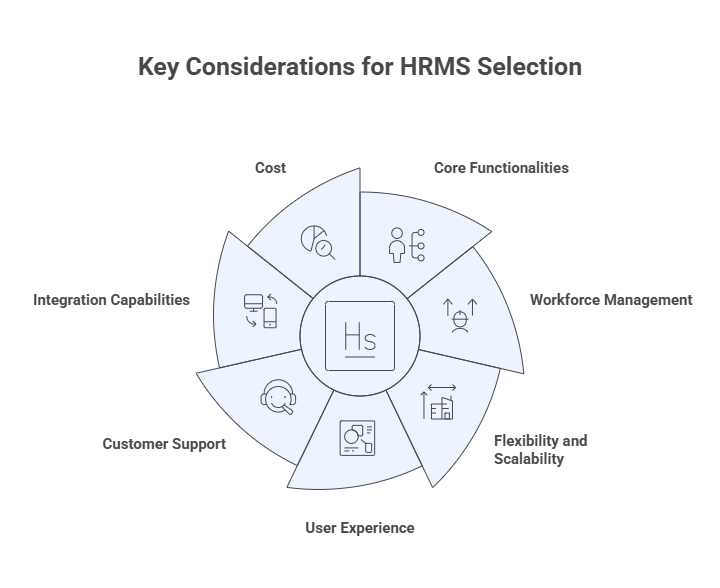
When you’re choosing HRMS software for your business in Malaysia, it’s essential to look for solutions that meet your operational needs and support compliance with local requirements such as EPF, SOCSO, and LHDN. You should focus on platforms that are not only rich in features but also adapt to organizations both small and large.
The most recommended HRMS options in Malaysia include peopleHum, HR2eazy, BrioHR, Swingvy, GreatDay HR, and altHR. These platforms are integrated HRMS systems that automate and unify core HR functions, streamlining digital HR management for businesses. They cover essential modules like payroll, leave management, employee information, and attendance tracking.
You’ll want to compare your options based on:
- Core functionalities (payroll processing, leave, attendance, recruitment)
- Workforce management (tools for optimizing and managing your workforce)
- Flexibility and scalability (support for business growth and diverse needs)
- User experience (intuitive interface and ease of use)
- Dedicated customer support and enhanced customer experience (ensuring customers receive assistance and value from the solution)
- Integration capabilities (compatibility with accounting and payroll systems)
- Cost (value for money and pricing transparency)
Here are some of our recommendations:
1. Swingvy
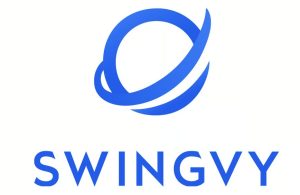
You get a truly streamlined HR experience with Swingvy, designed specifically for SMEs across Malaysia, Singapore, and Taiwan. With an all-in-one cloud-based platform, you can manage payroll, attendance, claims, and employee records from a single dashboard.
Swingvy supports effective people management by centralizing employee information and HR processes, making it easier to streamline HR tasks and analytics. The platform is also suitable for managing global teams, supporting compliance and workforce management across different countries.
Your team can access a secure self-service portal to manage personal profiles, submit leave requests, and track expenses without needing admin help. Automated payroll ensures compliance with local regulations, and real-time attendance tracking boosts accountability. Features like appraisal systems, company news feeds, and a mobile app help keep everyone informed and engaged.
2. BrioHR
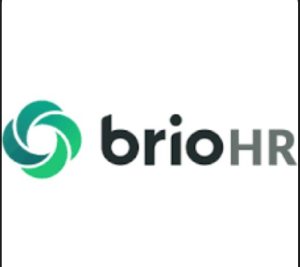
BrioHR stands out as an all-in-one HRMS solution designed to meet the modern needs of growing businesses like yours. You gain access to essential HR functions—such as payroll, leave, onboarding, claims, and performance management—in one easy-to-use cloud platform. With features like seamless onboarding that streamlines the integration of new hires through automated workflows and personalized training, continuous feedback, and real-time retention insights, you’re equipped to build an engaged, high-performing team.
You can customise and scale BrioHR as your business evolves, whether you’re managing a single office or expanding across multiple countries. Its intuitive interface and mobile access help reduce workplace interruptions by allowing employees to self-serve for requests and information. HR organizations leverage BrioHR to drive efficiency and strategic value through innovative HRMS adoption. Plus, BrioHR’s dedicated support team ensures you get timely setup, reliable guidance, and ongoing partnership for long-term efficiency.
3. peopleHum
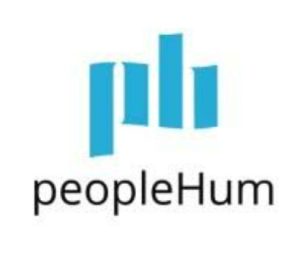
If you’re searching for an HRMS that keeps things simple yet effective, peopleHum stands out with its integrated, cloud-based platform. Manage recruiting, onboarding, payroll, and performance reviews all in one place, cutting down on repetitive admin work and improving data accuracy. Their library of 500+ job description templates and automated applicant tracking help you hire faster and smarter.
Tracking attendance, managing shifts, processing leave requests, and centralizing employee records is easy with peopleHum’s HRIS tools. You can boost engagement using built-in communication options like announcements, recognition boards, and surveys. AI-powered analytics let you spot key workforce trends, helping you make evidence-based decisions for your team. People analytics plays a crucial role in supporting data-driven HR decisions, offering deeper workforce insights and improving talent management strategies.
4. HR2eazy
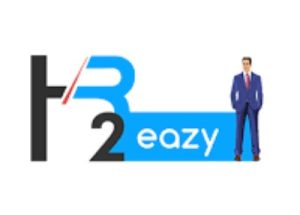
If you’re searching for a robust HRMS solution that keeps up with Malaysia’s evolving business environment, HR2eazy stands out with its comprehensive suite. You can easily handle everything from recruitment and payroll to leave, attendance, and overtime on a single cloud platform. Its mobile access ensures that your team connects with HR tools from any device, whenever needed.
With HR2eazy, you also benefit from features like employee self-service, timesheet and roster management, and KPI tracking. The system supports multiple languages, making it ideal for diverse teams and organizations across sectors. You gain greater control and efficiency over claims, workforce planning, work permit management, and even survey distribution—all in one integrated system.
5. Kakitangan

If you want a reliable HRMS solution specifically tailored for businesses in Malaysia, Kakitangan is a top contender. You get a streamlined platform covering automated payroll, leave management, claims, and attendance, all designed to comply with Malaysian regulations. With a user-friendly interface and cloud-based access, your HR team can save time while employees manage their own data, leave, and payslips online.
Some standout features include a robust e-payroll system, comprehensive leave tracking, and seamless integration with local banks. Kakitangan supports statutory requirements such as EPF, SOCSO, and PCB, ensuring smoother compliance. By centralizing vital HR tasks in one place, you enable your organization to boost accuracy and efficiency with minimal administrative effort.
6. Talenox
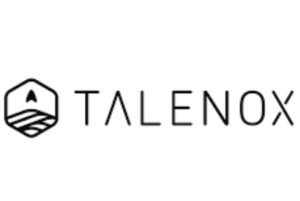
Talenox gives you a centralized platform for managing payroll, leave, and employee data. With its easy-to-navigate design, you can process payroll, handle statutory deductions (like EPF, SOCSO, and EIS), and manage leave types—all in just a few clicks. Everything is stored securely in the cloud and can be accessed from anywhere.
You benefit from built-in compliance with Malaysian employment laws, keeping your business up to date without extra effort. Multi-bank integration makes paying your employees straightforward, and employees gain self-service access to payslips and leave applications. Talenox also offers automatic statutory form generation, covering essentials like Borang EA and E.
Talenox’s flexible pricing, including a free plan, allows you to start with basic features and upgrade as your business grows. You can manage HR operations for multiple entities or countries within a single account, making it ideal for businesses operating across borders. If you ever need help, responsive customer support is available, or you can access practical self-help guides any time.
7. PayrollPanda
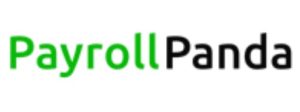
PayrollPanda makes HR management simple for your business with an intuitive, cloud-based platform designed specifically for Malaysian companies. You can easily automate payroll calculations, generate government-compliant reports, and manage statutory contributions, all while reducing manual errors. The system comes with robust attendance and leave features, plus an employee self-service portal, so your team can access payslips and update their details anytime.
You benefit from zero-cost pricing—PayrollPanda is free for unlimited users—making it a cost-effective choice for small and growing teams. Key features include automated payroll, seamless statutory deduction processing (EPF, SOCSO, EIS, PCB), and PDPA-compliant data security. With integration options for popular accounting software, and reliable support, PayrollPanda ensures both compliance and convenience for your HR tasks.
8. Employment Hero
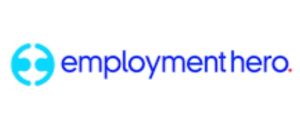
With Employment Hero, you get a fully cloud-based HRMS platform designed to simplify your entire HR workflow. You can manage recruitment, onboarding, payroll, and performance reviews in one secure location—accessible from anywhere. Automated features reduce manual HR tasks, free up your time, and help your team stay focused on people instead of paperwork.
Integrated tools like an Applicant Tracking System (ATS), employee self-service, and built-in payroll streamline daily HR activities. You can monitor analytics, recognize achievements, and support employee learning directly within the platform. Employment Hero adapts to businesses of any size, offering flexibility whether your team is local or operates globally.
9. HashMicro
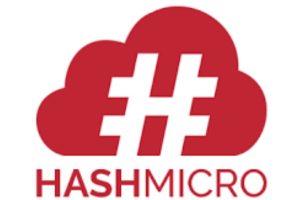
If you’re looking for an HRMS solution that covers all your needs in one system, HashMicro is an option worth considering. Its platform streamlines tasks like payroll, leave, attendance, onboarding, appraisal, and recruitment, all while keeping up with Malaysian statutory requirements. You also benefit from handy automation tools, such as auto-generated payslips, compliance-ready reports, and integrated shift scheduling.
Some standout features include biometric attendance tracking with GPS and facial recognition, self-service access via mobile devices, and integrated e-signatures for contracts and offers. With HashMicro, you can empower your team to manage leave, update personal records, and access payslips anytime, anywhere. The system’s detailed analytics and ready-to-use templates help you quickly adapt HR processes as your business grows.
10. Akrivia HCM
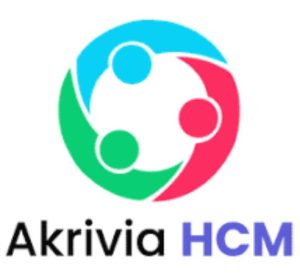
If you are looking for a robust HRMS solution, Akrivia HCM stands out for its flexibility and complete coverage of HR functions. With over 40 modules spread across 9 key products, you can streamline everything from recruitment to payroll, performance reviews, and employee engagement in a single platform. Features like multi-country payroll, workflow automation, and insightful analytics give your HR operations a modern edge.
Wrapping Up
As you review your options for HRMS software, it’s important to look beyond just individual features and focus on what fits your organization’s culture and goals. Taking time to involve your HR team and IT professionals can help guide your selection. You should consider factors such as user experience, support, integration capabilities, and security to ensure a smooth implementation.
List common next steps to take:
- Request product demos to compare interface and functionality.
- Review security and compliance measures to protect employee data.
- Contact references or read user reviews for real-world feedback.
Make sure your chosen platform can adapt as your company grows. Be sure to talk to our experts over at Aspert Innovations and set the stage for higher engagement and satisfaction.


